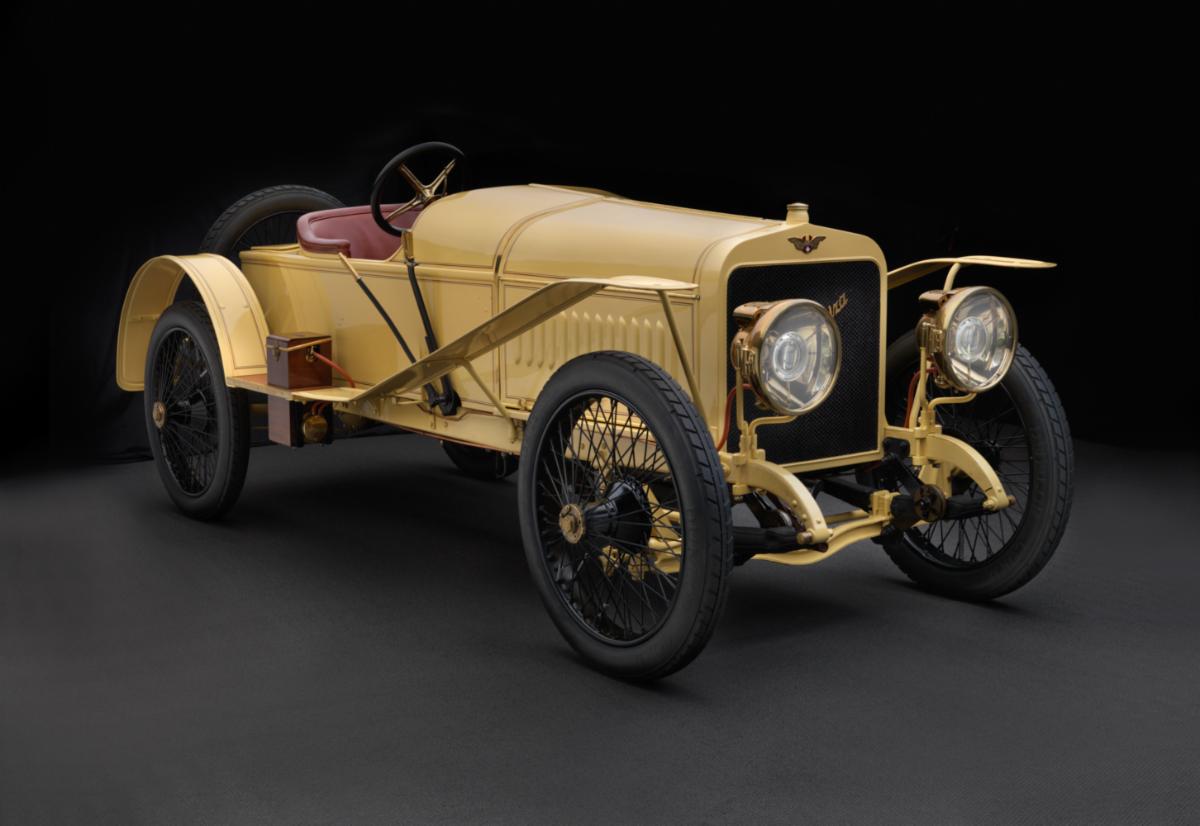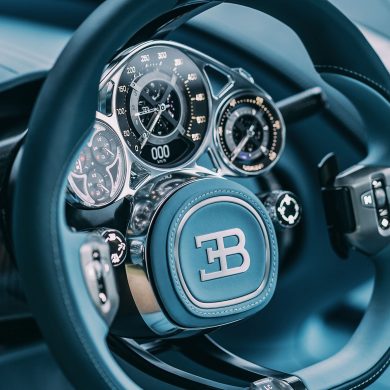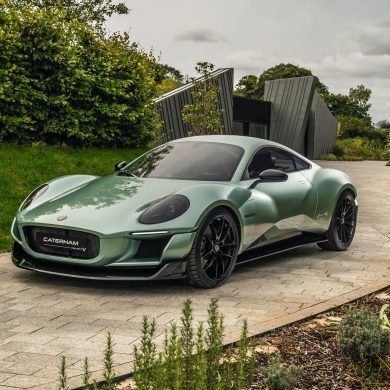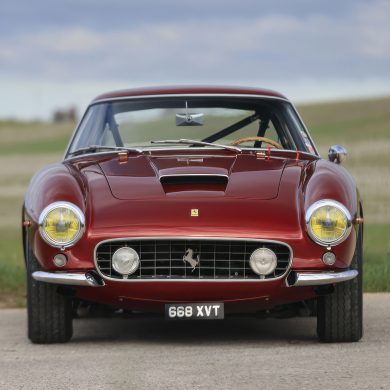A special class of rare, exotic and historic Hispano-Suizas is scheduled to be the classic centerpiece of the 26th annual Amelia Island Concours d’Elegance on May 23, 2021.
The Spanish-Swiss marque was incorporated in Barcelona in 1904 as La Fabrica de Automoviles La Hispano-Suiza formed from the remnants of two firms suffering financial problems. An executive of both organizations was 26 year old Swiss engineer Mark Birkigt. He held engine and chassis patents and was made factory manager of the new concern with the name Hispano-Suiza: Spanish-Swiss. Engineer Birkigt liked to drive. He was known to commute from the Hispano works in Paris to the Barcelona factory making the journey do double duty as a commute and real-world test session. The long drives confirming his assumptions and prejudices with Birkigt learning firsthand how close to perfection were his creations. Hispano quality was a lofty target. The addition of four-wheel servo-assisted brakes on the landmark H6 rewrote the rules for premium car engineering.
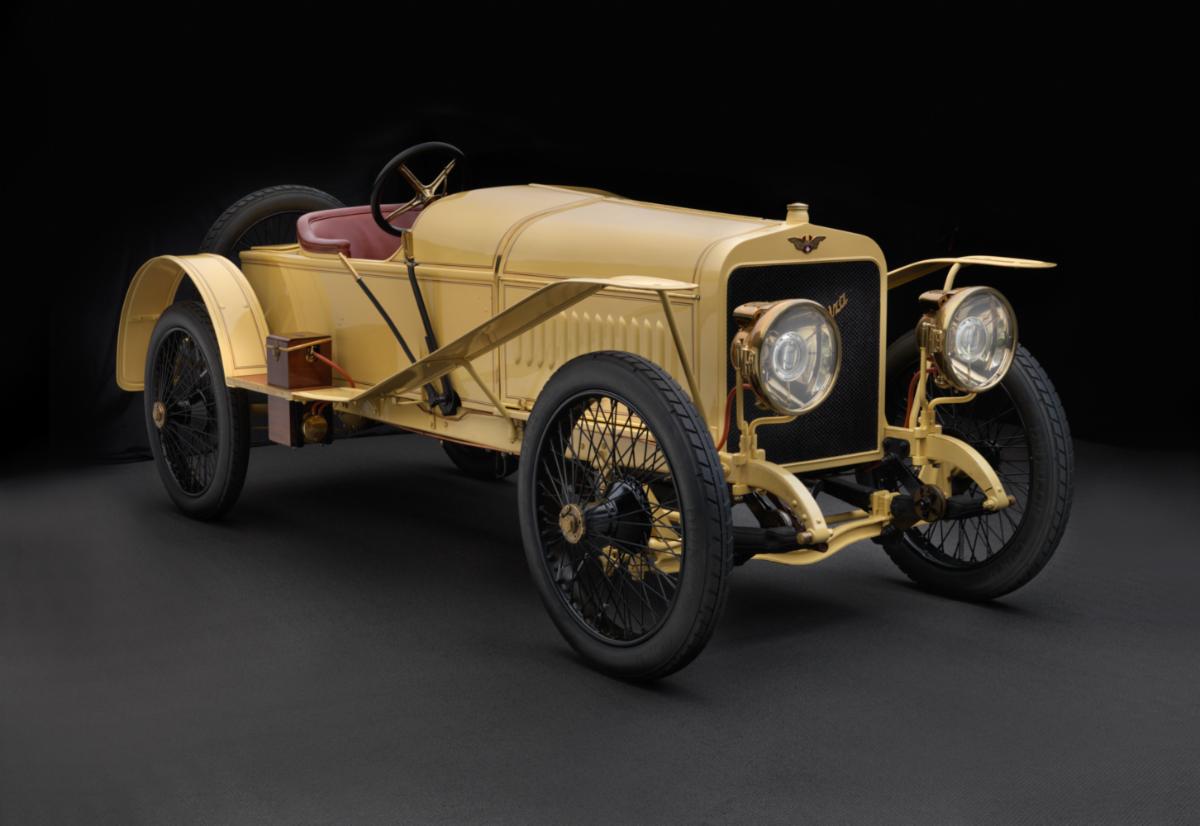
Though Hispano-Suiza has been called “the queen of the road”, it is literally the car of a king. Specifically, King Alfonso XIII of Spain. The king owned as many as 30 of the grand marque and in 1909 the factory received royal permission to call the T15 the “Alfonso XIII”. In 1911 his consort, Queen Victoria Eugenia, presented him with a white T15 with gold-plated fittings and golden wire wheels for his birthday.
The Alfonso XIII is the blood descendant of the 2655 cc Coupe de l’Auto-winning Hispano of 1910. The three-car Hispano-Suiza racing team finished a resounding first, third and sixth. In 1911, with the 3620 cc four-cylinder, the new race-derived T30 was capable of a true 80 mph making the elegant “Alfonso XIII” one of the first true sports cars.
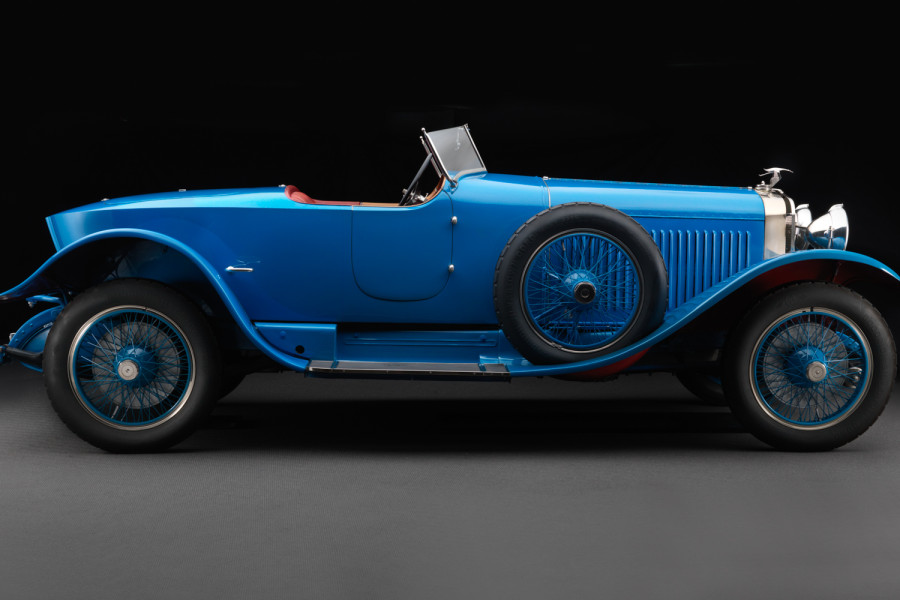
With the outbreak of war Birkigt returned to Barcelona to create a water cooled V-8 aircraft engine that would ultimately provide the soul and spirit of the marque. In 1916 his new and brilliantly simple aluminum block Hispano-Suiza V-8 answered the call of France’s war ministry. For his creation of the mighty Y12 engine France awarded Birkigt the Legion of Honor, her ultimate accolade. His “monoblock” Y12, an 11.76 liter, water-cooled SOHC V-8, found its way into the French S.P.A.D. VII becoming the backbone of French fighter squadrons, wresting air superiority from the Central Powers and serving the Entente Alliance’s most prolific aces. None were more glamorous or popular than the frail yet ferocious — 54 victories — 22 year old Capitaine George Guynemer of Escadrille No. 3. Their squadron insignia was La Cigogne Volant — the flying stork.
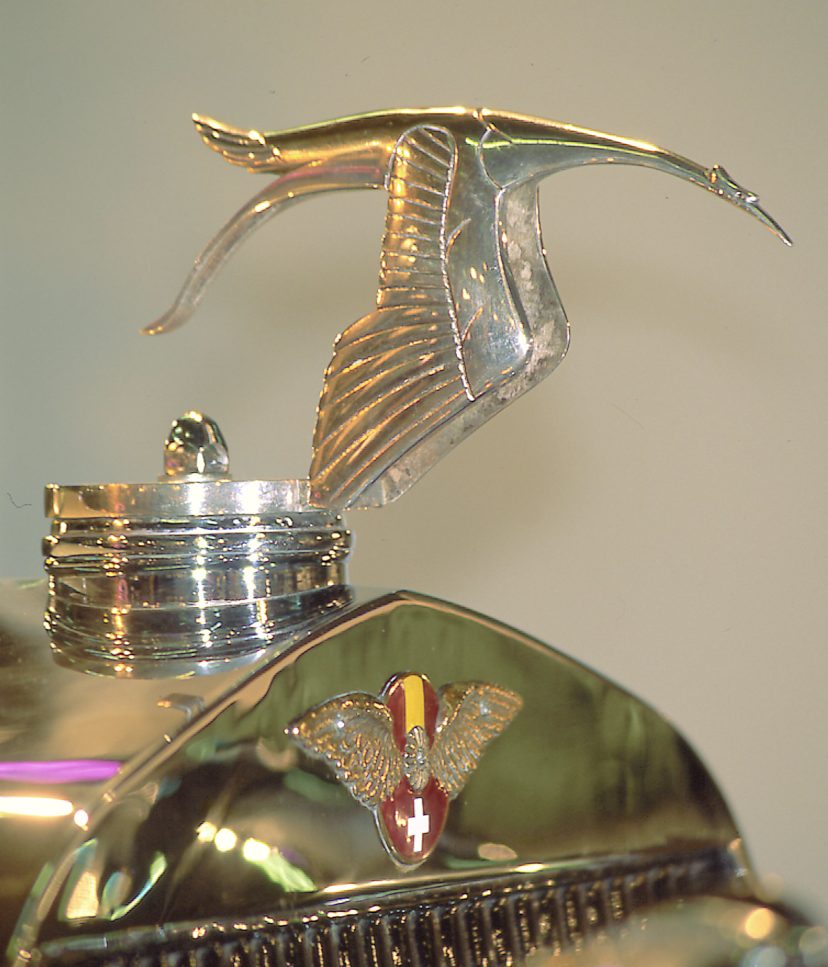
In motorsport the H6 returned Hispano to the winner’s lists in 1921. Ex-fighter pilot and Duesenberg Grand Prix racer Andre Dubonnet — also an alumnus of Escadrille No. 3 — drove an H6 to victory in the Boillot Cup of the Boulogne race. Another victory followed with a win in the Autumn Cup at Monza, this time with a bored-out 6.9 liter H6 capable of over 107 mph.
Birkigt’s final automotive masterpiece was the gigantic J12 of 1931 (the year Alfonso XIII was exiled and the year the Depression bit hardest in France) that would have nothing to do with the economic realities of the deepening Depression. The elegant new 9.425 liter 190 hp 60-degree V-12 — ultimately an 11.3-liter 250 hp V-12 by 1934 — was of such handsome proportion and presentation that one proud J12 owner specified that his carrossier should install glass tops in the hood so that Birkigt’s beautiful V-12 would not be hidden. While the “Alfonso XIII” gave Hispano its sporting character and the stork became its immortal mascot, it was one of the last of the Hispanos that sealed the grand marque’s legendary status.
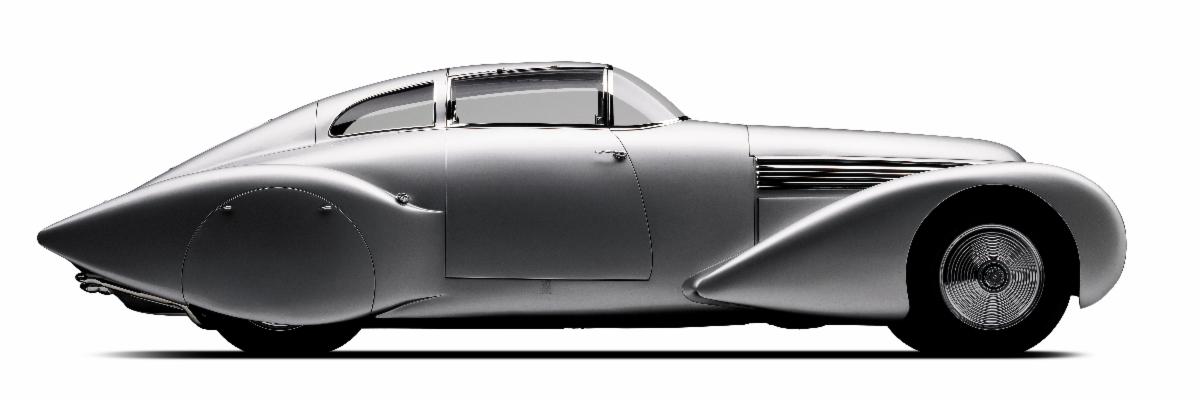
The 1938 Xenia Hispano-Suiza Dubonnet — an H6B with an 6.5-liter straight-six — is still regarded as the most glamorous Hispano-Suiza wearing radical and exquisite coachwork designed by Jean Andreau and realized by Carrosserie Saoutchik. Andre Dubonnet named the Xenia for late wife Xenia Johnson who died in 1936. The reigning Madam Dubonnet refused to be haunted by the memory, let alone the name, of her predecessor and exiled the futuristic coupe. World War II drove Xenia deeper into hiding only to reemerge a year after VE Day leading a parade opening the new St Cloud tunnel near Paris. It was first restored in the sixties, won Best of Show in the 16th annual Amelia Island Concours d’Elegance (2001) and followed up winning Meadowbrook’s Engineering Excellence Award later that summer.
While the First World War gave Hispano-Suiza much of its lustrous reputation, the realities of post WWII life finished the grand marque. On August 15, 1947, despite a last creative flurry with the debut of an entirely new Hispano-Suiza V-8 engine at the 1946 Geneva Motor Show, an announcement, in English, was published in Autocar; “The famous Hispano-Suiza works in Barcelona, Spain have become semi-national and will be known as Empress National de Automobiles.”
Birkigt had moved on shifting his gifts and attention to artillery, railway engines and even the landing gear for an early French jetliner. On March 17, 1953 The Times reported that 75-year old engineer and auto executive Mark Birkigt, “decorated for his achievements and contributions in both World Wars”, had died at his lakeside home in Versoix, near Geneva, Switzerland on March 15th.
“The Hispano-Suiza class for the 2021 Amelia Island Concours is an extraordinary group of famous, and in some case practically priceless, cars. Cost was never an object with Hispanos and it shows,” said Bill Warner, Founder and Chairman of the Amelia Island Concours d’Elegance. “While fewer than 300 survive, it’s still a grand tale. Many of the players in the Hispano-Suiza saga are royalty; there are war heroes, movie stars, all sorts of international celebrities and a few sports heroes. It all helps make Hispano-Suiza one of the most legendary, elegant, desirable and exotic cars in history.”
For more information visit www.ameliaconcours.org


